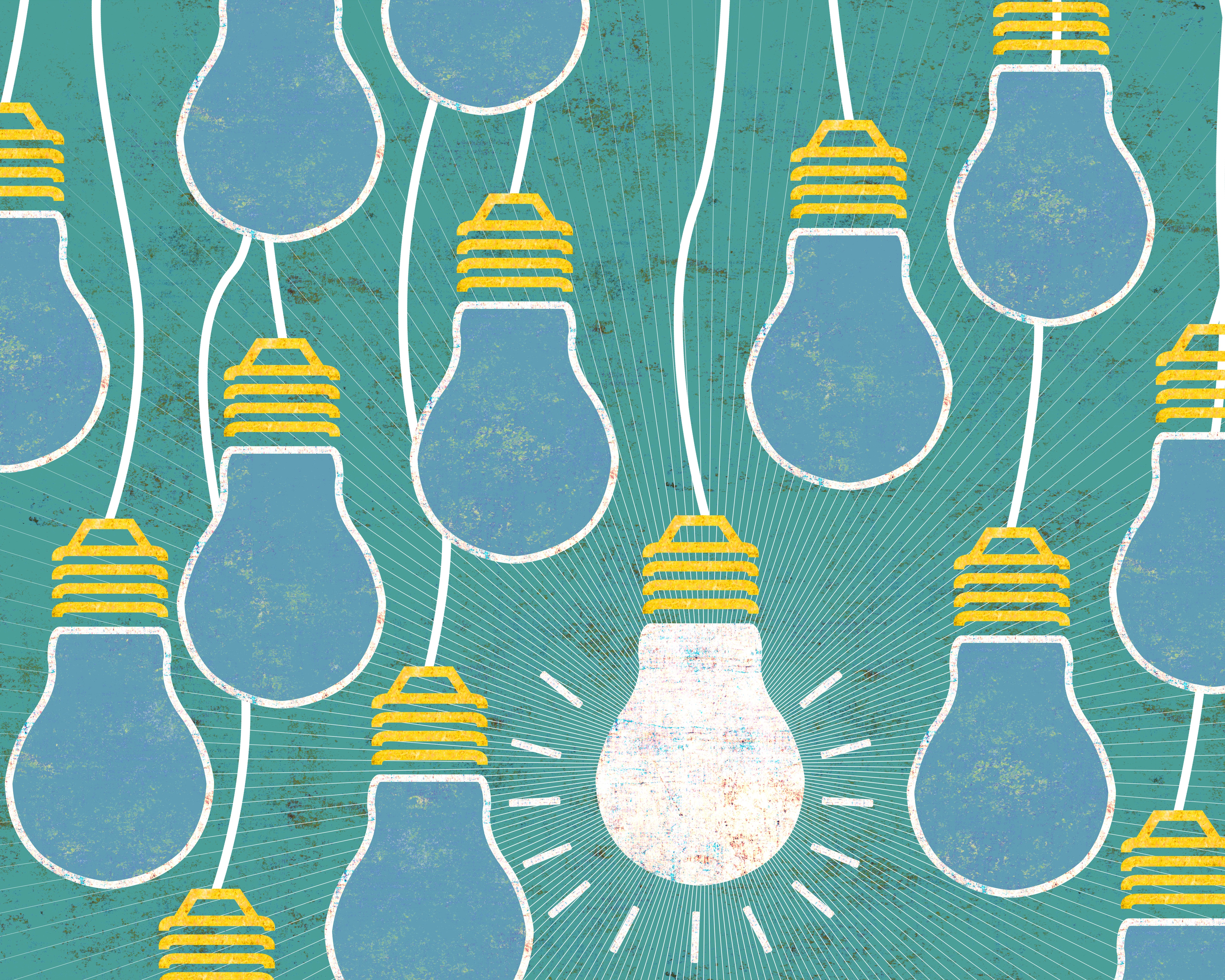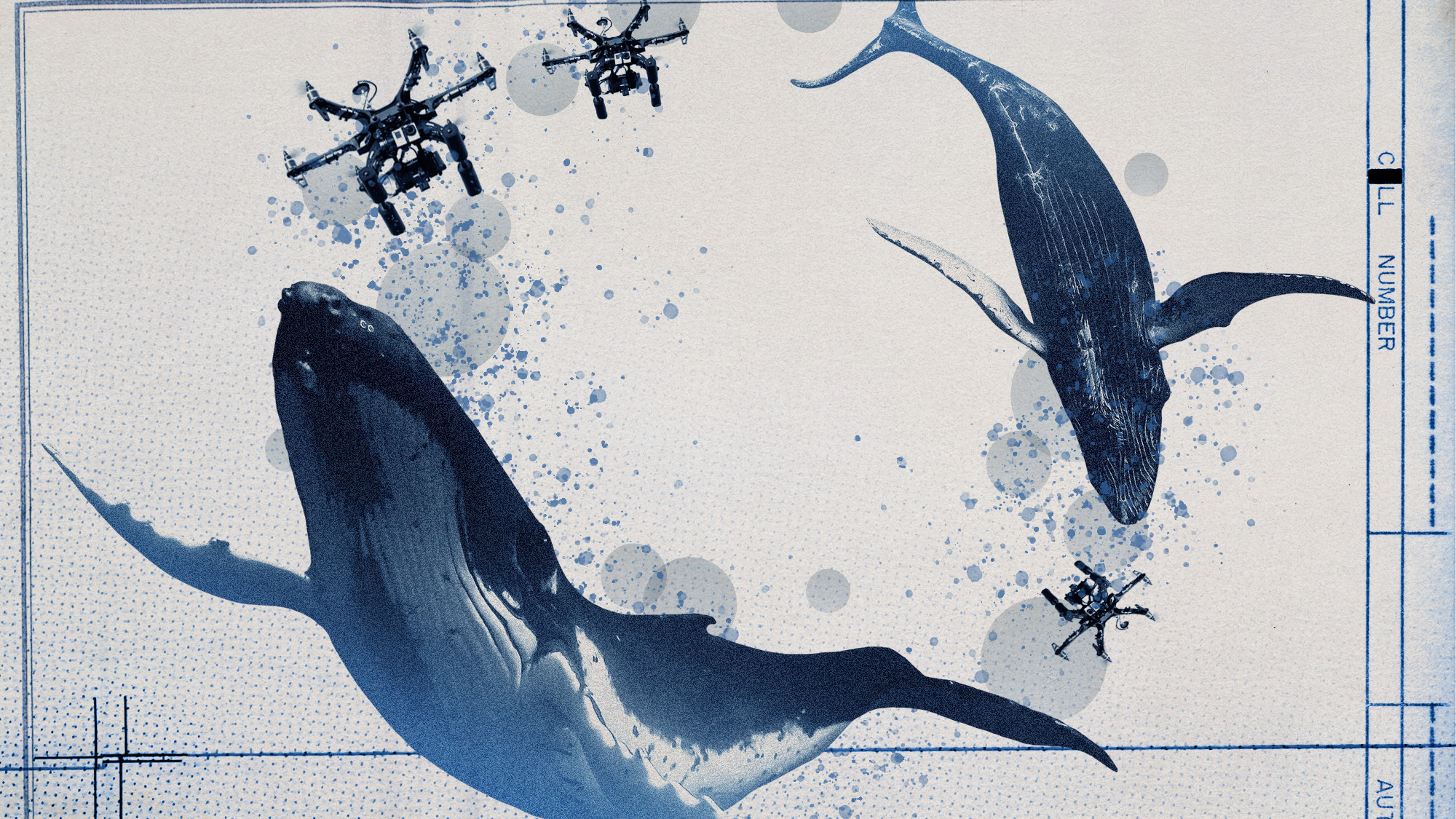Inventology author Pagan Kennedy opens up about the secrets of innovation
There's rarely an "a-ha" moment. And it helps if you blow stuff up in the garage.

Pagan Kennedy's "Who Made That?" columns, which she wrote as the design columnist for The New York Times Magazine in 2012–2013, uncovered the history behind commonplace objects like coffee lids, lipstick, kickstands, and cubicles. In January she published Inventology: How We Dream Up Things That Change the World, a look at the ways people invent, what fuels creativity, and how those methods have changed in the 21st century. I recently spoke on the phone with Kennedy about invention, innovation, and more. Here's a lightly edited and condensed transcript:
How do you distinguish between invention and innovation?
Generally, what most people call invention is where you start with something that seems too crazy to be true — say, a cup for kids that never spills even when it's upside down — and you move it into reality and prove that it can work. Often that involves having a prototype that shows something can actually exist that had seemed impossible before. Innovation is this whole other process where people figure out how to make a lot of copies of that thing. So, say a sippy cup — how do you make more than one copy and do it cheaply enough that it's affordable, and then distribute it to people and convince people that they actually need it.
The Week
Escape your echo chamber. Get the facts behind the news, plus analysis from multiple perspectives.

Sign up for The Week's Free Newsletters
From our morning news briefing to a weekly Good News Newsletter, get the best of The Week delivered directly to your inbox.
From our morning news briefing to a weekly Good News Newsletter, get the best of The Week delivered directly to your inbox.
You make it clear that there's no one model for a successful inventor. But are there common qualities?
The first thing I noticed when I was writing this column, I had assumed that the source of these inventions would be engineering labs and product design teams and things like that, because those are the people that we pay to come up with new ideas. And of course those kinds of places can be very rich and productive. But what kept surprising me was just how many things originated with users — so, with ordinary people who are trying to solve their own problem: pilots, parents … athletes and coaches are very good at thinking up new kinds of sports equipment … patients who just don't feel like their problems are being solved with existing devices, and doctors and surgeons. That's because they're on the front lines of the problem and they can see it in a way that is so rich with information. If you're in a cubicle trying to solve a problem for somebody else, in many cases you just can't compete with the person who is facing that problem every single day.
What about myths of invention — is there such a thing as an a-ha moment?
In the beginning I assumed that with each inventor there [would be] some kind of light bulb going on, where they didn't see the answer one minute and the next minute, they saw it all. So I'd ask them about it and many people said, "I hate to disappoint you, but it was kind of a long process." I realized that often people are solving a string of sub-problems. Sometimes the genius is in putting together a whole series of puzzle pieces. Also — even when it's just crafting an idea and not even making a full prototype — it can take people years and years. Iteration is very important to creativity.
A free daily email with the biggest news stories of the day – and the best features from TheWeek.com
You make a persuasive case that we've reached a moment of tremendous potential and opportunity when it comes to invention. What sets today apart from, say, 50 years ago or even 25 years ago?
Or even 10 years ago! The inventors who were inventing in the '80s, '90s, or even the early 2000s told me about a system in which it was too difficult for them to go forward as independent inventors. There weren't many funding mechanisms, so if you had an idea that you wanted to push forward, you might have to mortgage your house because there was no way to raise money. And it was hard to make a prototype of your idea, and as an individual it was pretty much impossible to work with factories. So that generation of inventors — like Dick Belanger who created the sippy cup or Lonnie Johnson who created the Super Soaker — that generation told me, "I really had no choice but to take my idea to a company, even though I would have loved to do it on my own."
And now?
The situation has changed entirely. First of all, you have more inventive tools on your phone than a Bell Labs engineer would have had in the 1960s. All of us have the ability to potentially raise money from the crowd instead of putting up our own money. And the other huge factor in crowd funding is that we have the ability to put forward an idea to other people and see if anybody cares, which used to be a very, very risky process. Chris Hawker, an inventor, told me, "It used to take me a half-million dollars and five years to find out if anybody wanted to buy a product I was making or that I invented," and now he says he can do that in a few months for really very little money.
What about the role of information availability?
That’s huge. Patents now have more and more names on them, and often they're these incredible, international teams. Somebody in Iowa has solved one piece of the problem and someone in Estonia has solved another piece of it, and you see that people are being able to connect in really interesting ways. And just the fact that we can share ideas with so little friction, it's incredible.
Does a Bell Labs-type set-up — where you have a lot of people in the same place working on research and development— even have a place in a new democratized, inventing world?
I think it does. But if you've got 10 very smart people in a room and they're working on a problem that is also open to everybody in the world, it's going to be almost impossible for them to compete — particularly if that problem is put out with some prize money. So if you say, we can't solve this problem but we'll give $20,000 to the person who comes up with the best work-around or the best idea. Pretty much, the experts in the room are going to be beat.
One reason why that's going to happen is not just because they're outnumbered but because the people who are experts in any field all share a certain library of ideas, and those ideas are the ones that are very familiar and that everybody's tried before. So it's the people outside of that system — the retired professor in India, the kid working in her basement in Florida — who are going to have new angles on the problem that nobody has seen before. There's a lot of data to back that up; outsiders are able to solve problems at a greater rate than insiders simply because they have these unusual angles on the problem.
One idea that you described that really fascinated me was engineered serendipity. It sounds like such a paradox.
It is a paradox. [laughs] I think everybody is familiar with the idea of accidental invention — somebody is trying to make a drug and then they eat a sandwich later in the day and realize their fingers taste very sweet and that they have actually created an artificial sweetener. It takes quite a bit of creativity to be able to do that, to notice the unexpected finding and to get curious about it. It's been this huge force in science and invention, particularly in drug discovery. Many if not most of the blockbuster drugs of the 20th century came about because somebody was open to noticing something surprising.
So now there's lot of people wondering, especially in drug discovery, whether we can speed up that serendipity. There have been enormous amounts of experiments where scientists use something called the gene chip, or [DNA] microarray, to test the gene expression created by a certain chemical. Say, if you want to test aspirin and all its effects, you might test what it does to one particular gene. But the gene chip is collecting information in thousands of other genes, and nobody is looking at that information.
For complicated reasons, that's all become public data — so there's this mountain of just millions and millions of readouts from gene chips that nobody has looked at. You can almost think of that as millions of experiments that have already been done, but nobody has looked at the results. So there are these fascinating people who are thinking, "Can we make an algorithm that will churn through all of that and tell us things that we don't know about drugs and how they can be used?"
Can you teach someone to be an inventor?
As I was talking to inventors, I often asked them how they got their start and what they thought was useful in their own education. A lot of people did not mention school. What I heard over and over again was, I had a basement or I had a garage when I was a kid, and I was allowed to go in there and do dangerous things. Frequently there was a story about something blowing up. And there was also often a mentor — a parent or an uncle or aunt — who was in that kid's life saying if have a question, why don't you figure it out on your own. There's an enormous amount of empowerment that happens when a kid has a space to tinker in and has adults around who are telling that child, "You have the right to be curious, to try things out, to take risks, and to do things that might be a little dangerous."
A lot of schools are beginning to have what you might call 21st-century shop classes, where kids are not just learning hand skills or practical skills, but they're learning to invent things start to finish. They might be learning to use laser cutters and 3D printers, and they're doing that to make something that they're passionate about — to make their own toys or robots or drones, whatever it is that they really care about.
Alexis Boncy is special projects editor for The Week and TheWeek.com. Previously she was the managing editor for the alumni magazine Columbia College Today. She has an M.F.A. from Columbia University's School of the Arts and a B.A. from the University of Virginia.
-
 How drones have detected a deadly threat to Arctic whales
How drones have detected a deadly threat to Arctic whalesUnder the radar Monitoring the sea in the air
-
 A running list of the US government figures Donald Trump has pardoned
A running list of the US government figures Donald Trump has pardonedin depth Clearing the slate for his favorite elected officials
-
 Ski town strikers fight rising cost of living
Ski town strikers fight rising cost of livingThe Explainer Telluride is the latest ski resort experiencing an instructor strike